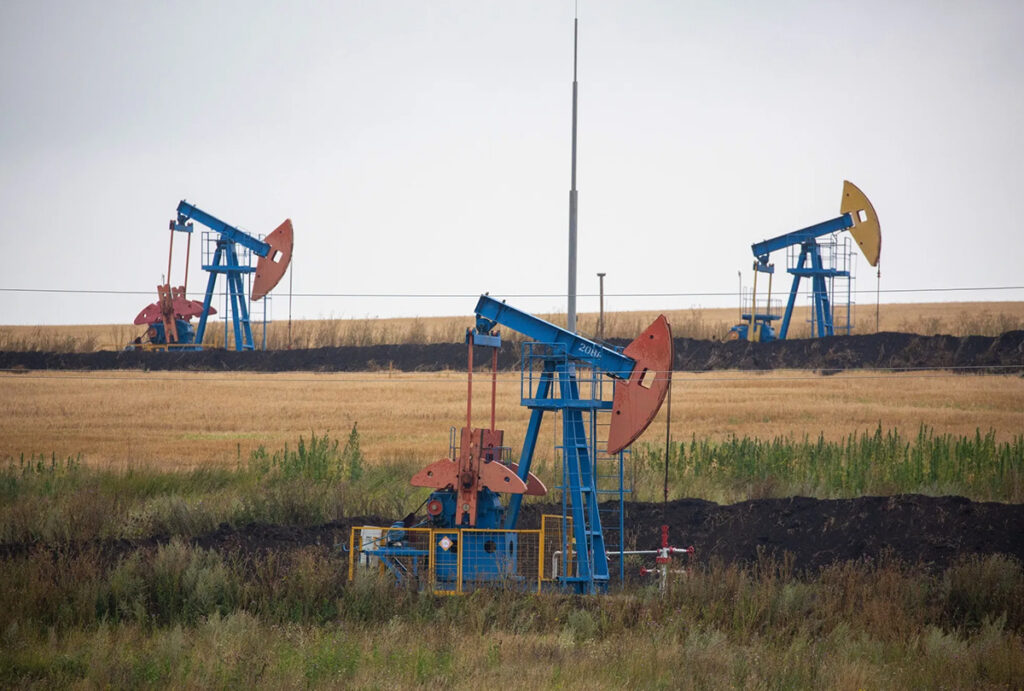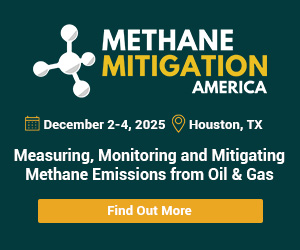
(Reuters) – When U.S. President Donald Trump meets Russian President Vladimir Putin on Friday, one of his bargaining chips to encourage Putin to make progress toward a ceasefire in Ukraine will be to ease U.S. sanctions on Russia’s energy industry and exports.
Trump has also threatened tougher sanctions if there is no progress.
Here is how sanctions have impacted Russian energy exports since the start of the conflict.
NATURAL GAS AND LNG
Russia was the top supplier of natural gas to Europe before the war. Most gas travelled through four pipeline routes: Nord Stream running under the Baltic Sea, the Yamal line crossing Poland, transit via Ukraine, and the Turkstream line.
Europe also imports Russian liquefied natural gas (LNG).
In 2021, total Russian gas imports to the EU totalled 150 billion cubic metres (bcm) per year, or 45% of its total imports, and have fallen to 52 bcm or 19% since, according to the European Commission.
While the EU has not imposed sanctions on Russian pipeline gas imports, contract disputes and damage to Nord Stream caused by an explosion, have cut supplies.
As part of a fresh round of sanctions announced in July, the European Union has now banned transactions including any provision of goods or services related to Nord Stream, which albeit damaged could be revived as a gas supply route.
Transit via Ukraine ended at the end of 2024, leaving just Turkstream as a functioning route for Russian pipeline gas to Europe.
The European Commission has also proposed a legally binding ban on EU imports of Russian gas and LNG by the end of 2027, but this has not been passed into legislation yet.
The U.S. in 2024 imposed sanctions on companies supporting the development of Russia’s Arctic LNG 2 project, which would become Russia’s largest plant with an eventual output of 19.8 million metric tons per year.
OIL
The U.S., UK, and EU all prohibited the import of seaborne crude oil and refined petroleum products from Russia during the first year of the war in Ukraine.
In addition to the embargoes, the G7 group of countries (including the US, UK, and EU) imposed a price cap on Russian seaborne crude oil for third countries at $60 per barrel in December 2022, and a cap on fuels the following February.
The EU and UK altered the crude price cap level in June 2025 to $47.60, or 15% below the average market price, but the U.S. did not back the move.
The price cap aims to reduce Russia’s revenues from oil sales by prohibiting shipping, insurance and reinsurance companies from handling tankers carrying crude traded above the cap level.
Western powers have also imposed sanctions on more than 440 tankers belonging to the so-called shadow fleet that transports sanctioned oil outside of Western services and the price cap. Russia’s leading shipper Sovcomflot is also under sanctions in the West.
The U.S. has also sanctioned major Russian oil companies including Gazprom Neft and Surgutneftegaz.
The measures banning Russian oil imports in the west and restricting Russian oil trade elsewhere have redirected Russian oil flows towards Asia, with China, India, and Turkey emerging as the major buyers for Russian crude.
The price cap was meant to keep Russian oil flowing to prevent a spike in global oil prices which would have followed a halt or severe drop in Russian exports.
Trump has, however, signalled a change in policy in recent weeks by threatening to impose secondary sanctions on India and China for buying Russian oil to put pressure on Putin to agree to a ceasefire in Ukraine.
COAL
The European Union banned imports of Russian coal in 2022, seeing volumes drop from 50 million metric tonnes in 2021 to zero by 2023, according to data from Eurostat.
Reporting by Nora Buli in Oslo, Marwa Rashad and Robert Harvey in London; editing by Nina Chestney, Simon Webb and Diane Craft
Share This:




 CDN NEWS |
CDN NEWS |  US NEWS
US NEWS 































